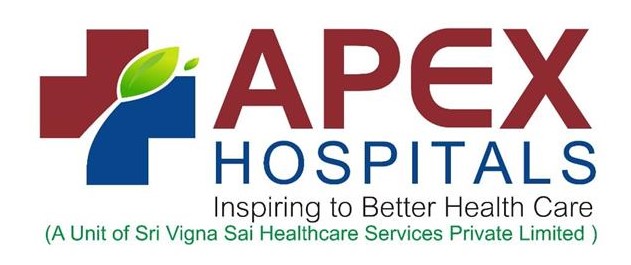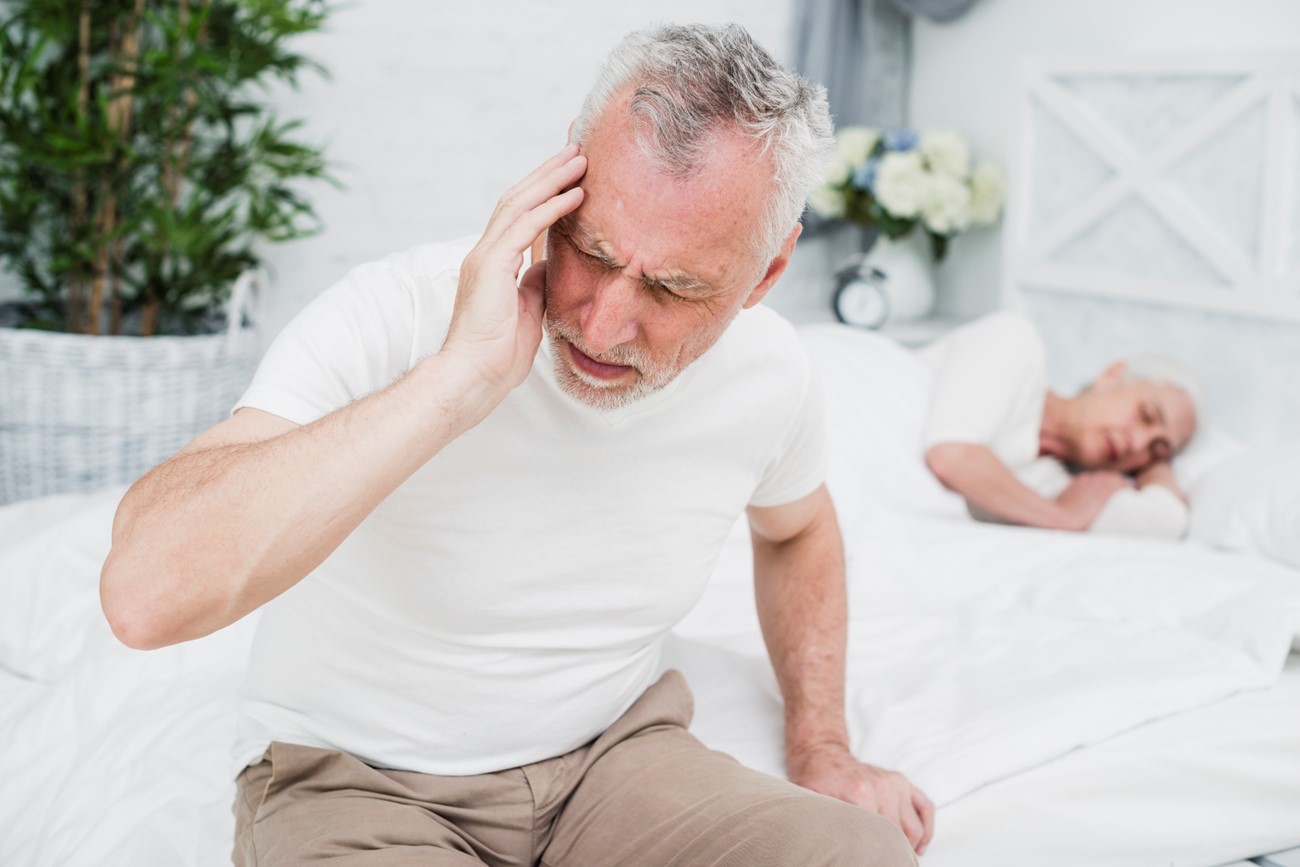Understanding brain stroke is crucial for everyone. It can strike suddenly and impact any family. Recognizing it early can save lives, plain and simple. Families should learn brain stroke symptoms so they can act fast. Various families, irrespective of their backgrounds, face this challenge. Let’s dive into the essential details you should know.
Introduction to Brain Strokes: A Vital Primer for Families
Understanding brain strokes is vital. A brain stroke happens when parts of your brain don’t get enough blood. Without quick action, there can be serious issues. Knowing about brain stroke signs can help families spot problems early, which is critical. The damage from a stroke doesn’t just affect the person who experiences it; the whole family feels its impact. This topic is important for everyone, whether you’re young or old. Stroke doesn’t discriminate—it affects different people across all walks of life. Awareness is the first step in prevention and recovery, enabling families to face it with knowledge and readiness.
Understanding Brain Strokes – A Guide for Every Family
A brain stroke is like a heart attack, but it happens in the brain. When blood is blocked or a vessel bursts, brain cells lose the oxygen they need. Without this oxygen, brain parts can stop working, leading to serious issues or even death. Brain stroke symptoms affect how someone moves, talks, or even thinks. Depending on the area affected, someone might have problems with balance or speaking.
There are different kinds of strokes, each with unique causes and dangers. Knowing which one strikes can help in choosing the right treatment. Here’s a simpler breakdown: – Ischemic Stroke: Mostly happens when a blood artery gets blocked. – Hemorrhagic Stroke: Caused by a brain bleed. – Transient Ischemic Attack (TIA): Sometimes called a mini-stroke, a warning sign of future trouble.
Even if the stroke type varies, the urgency of recognizing the warning signs remains constant.
Classes of Brain Strokes: From Common to Rare
Ischemic Stroke is the most common, caused by a blocked artery leading to the brain. Imagine a pipe getting clogged; the water (or blood, in this case) can’t get through. This blockage can result from clots formation in arteries near the brain or traveling clots from other body regions.
Hemorrhagic Stroke occurs when blood vessels break, causing blood to seep into the brain. Think of this as a pipe bursting and flooding an area it shouldn’t. This type can be linked to high blood pressure or aneurysms, where blood vessel walls weaken over time and cause leakage.
Transient Ischemic Attack (TIA), or a mini-stroke, delivers a temporary interruption of blood flow but leaves no lasting damage. It’s like a temporary blockage that clears before permanent harm, though it warns of future risk. Recognizing which stroke occurs helps tailor the right medical action quickly, enhancing treatment success rates.
Immediate Recognition: Signs, Symptoms, and Real Actions
The FAST acronym is your guide to spotting brain stroke signs: – Face dropping: Does one side of the face droop when the person smiles? – Arm weakness: Can they lift both arms, or does one arm drift down? – Speech difficulty: Are their words slurred or hard to understand? – Time to call emergency services: If you see any of these signs, call right away.
Other brain stroke symptoms include sudden numbness, trouble speaking, or vision trouble, like blurry or double vision. Different cultures and lifestyles might have unique brain stroke symptoms to watch out for. Some might notice clumsy movements or an abrupt loss of balance linked to their daily activities. Awareness of these differences makes recognition faster in real-life family situations.
Comprehensive Prevention Guide for Families: Lifestyle Delineation
Changing lifestyle habits can drastically cut the risk of brain strokes. Here’s how families can act:
- Dietary Guidelines: Traditional diets are yummy but sometimes problematic. Too much fat or salt can clog arteries. Shift towards fresher ingredients, vegetables, and lean proteins.
- Physical Activity: Simple, daily exercises like walking or cycling help. Even household chores count as activity. Find fun ways for each family member to stay active, like dancing or playing games together.
Making small adjustments delivers significant benefits, safeguarding the family against brain stroke symptoms while encouraging healthier living for everyone.
Responding to a Stroke: Immediate and Efficient Actions
Immediate response is vital when facing a stroke. Here are actionable steps: 1. Be calm but act fast—every second counts. 2. Call emergency services immediately. Don’t try to drive the person to the hospital yourself. 3. Keep the person safe by laying them down with their head slightly raised.
Once at the hospital, medical professionals assess which type of stroke it is and start treatment. These treatments vary depending on whether it’s ischemic or hemorrhagic. Families should be prepared for the emergency procedures and possible hospital stays, as understanding these can ease anxiety in a stressful time.
Living Beyond a Stroke: A Path to Recovery
Recovering from a brain stroke is a journey. Rehabilitation involves milestones and dedicated therapy to regain abilities. Family involvement is crucial, offering support and encouragement in overcoming challenges.
Professional therapy helps in restoring speech, movement, or independence, tailored to individual recovery speeds. This journey can vary in length and difficulty but often requires building a strong network of family and friends.
Creating a supportive environment and utilizing community resources can make a huge difference in the quality of life post-stroke, fostering an inclusive and nurturing space for healing.
Bringing It All Together: Community Awareness and Support
Understanding brain stroke helps save lives. Being aware and educated is key. Families should gradually make preventive measures part of their daily lives. Proactively staying informed strengthens community strength.
Let’s work together for better stroke awareness, sharing this knowledge widely. With everyone contributing, we can create a community that’s resilient, informed, and ready to tackle strokes head-on.
Stay proactive about stroke prevention! Visit Apex Hospitals for expert care and guidance, and take the first step toward building a healthier, more informed community.


